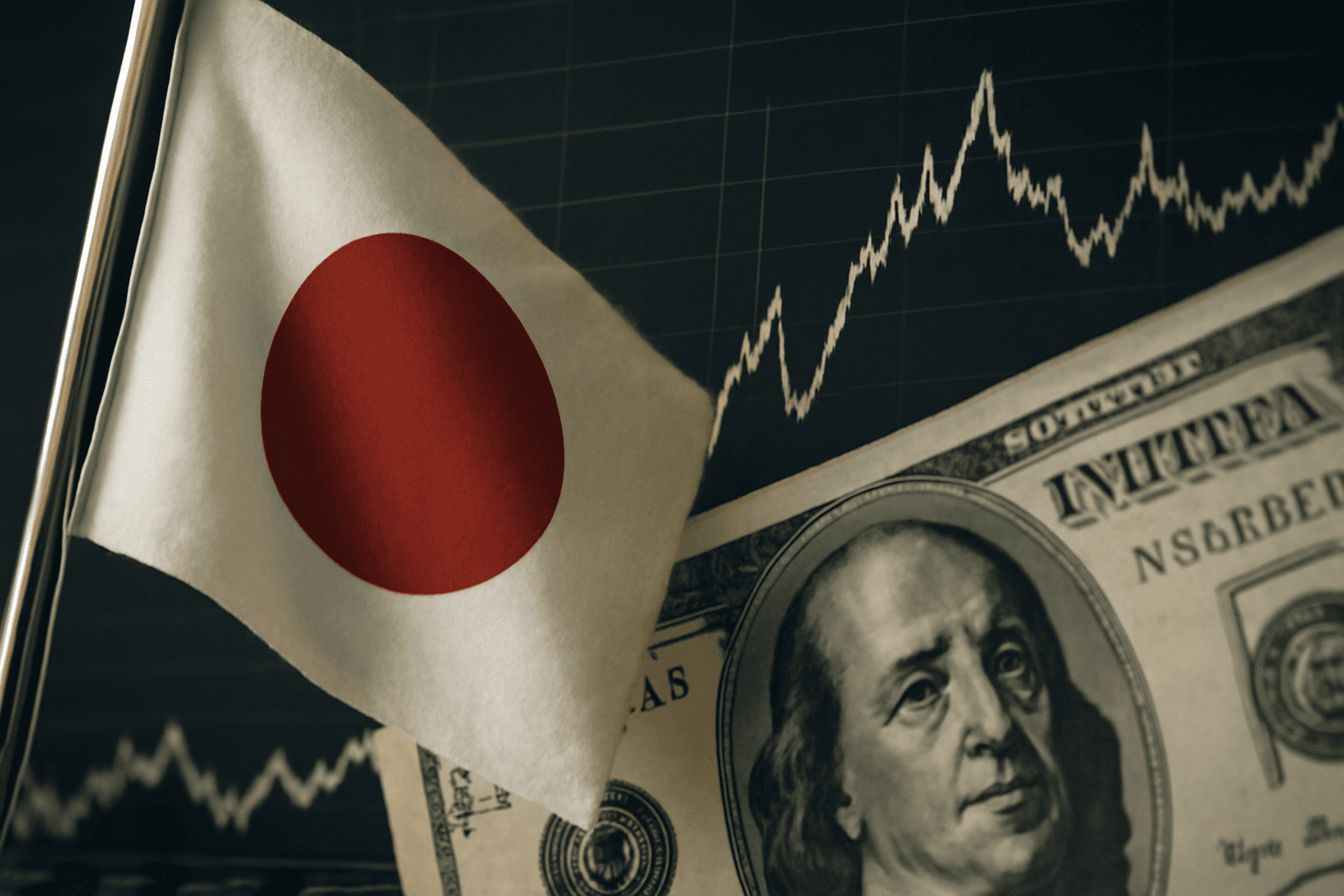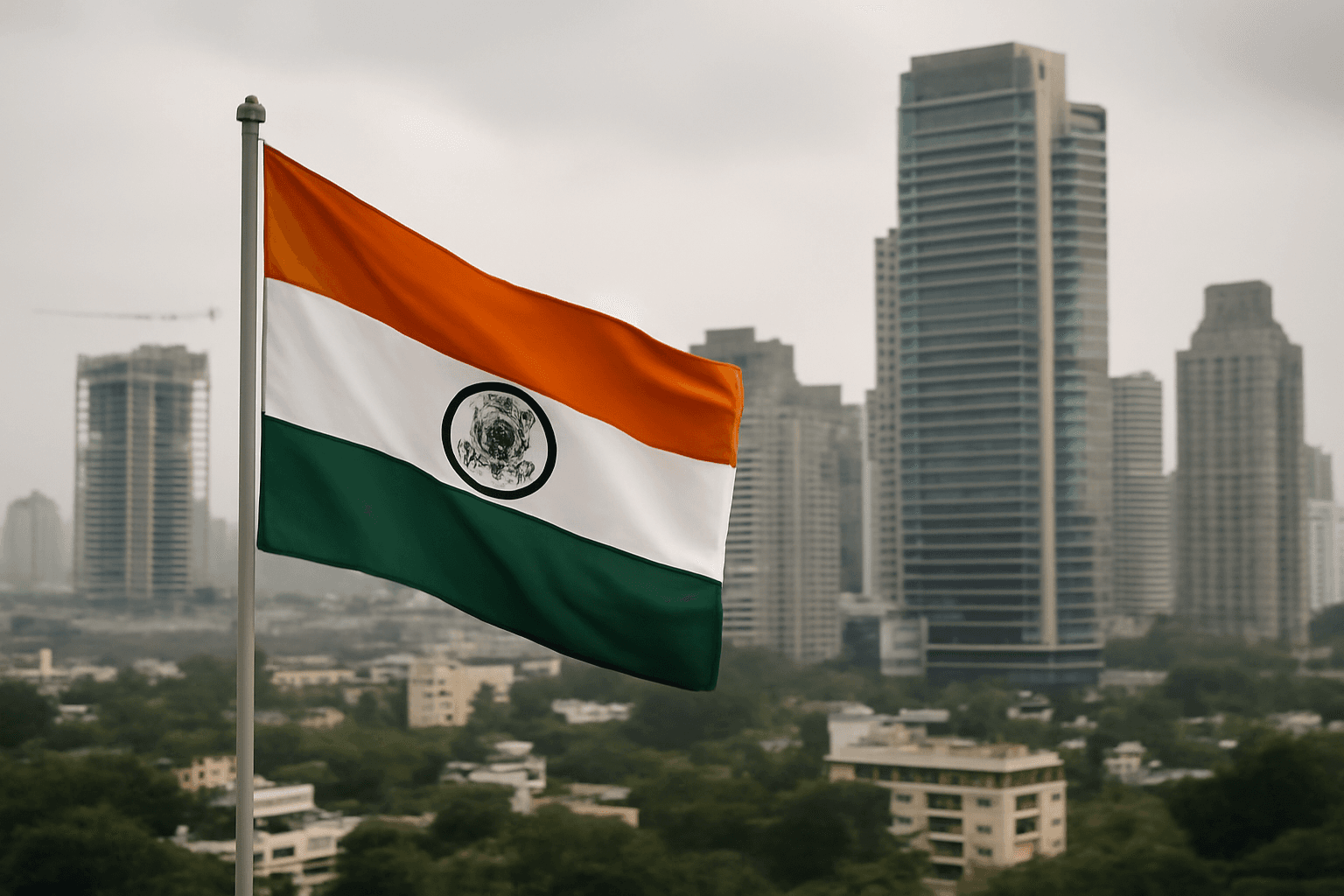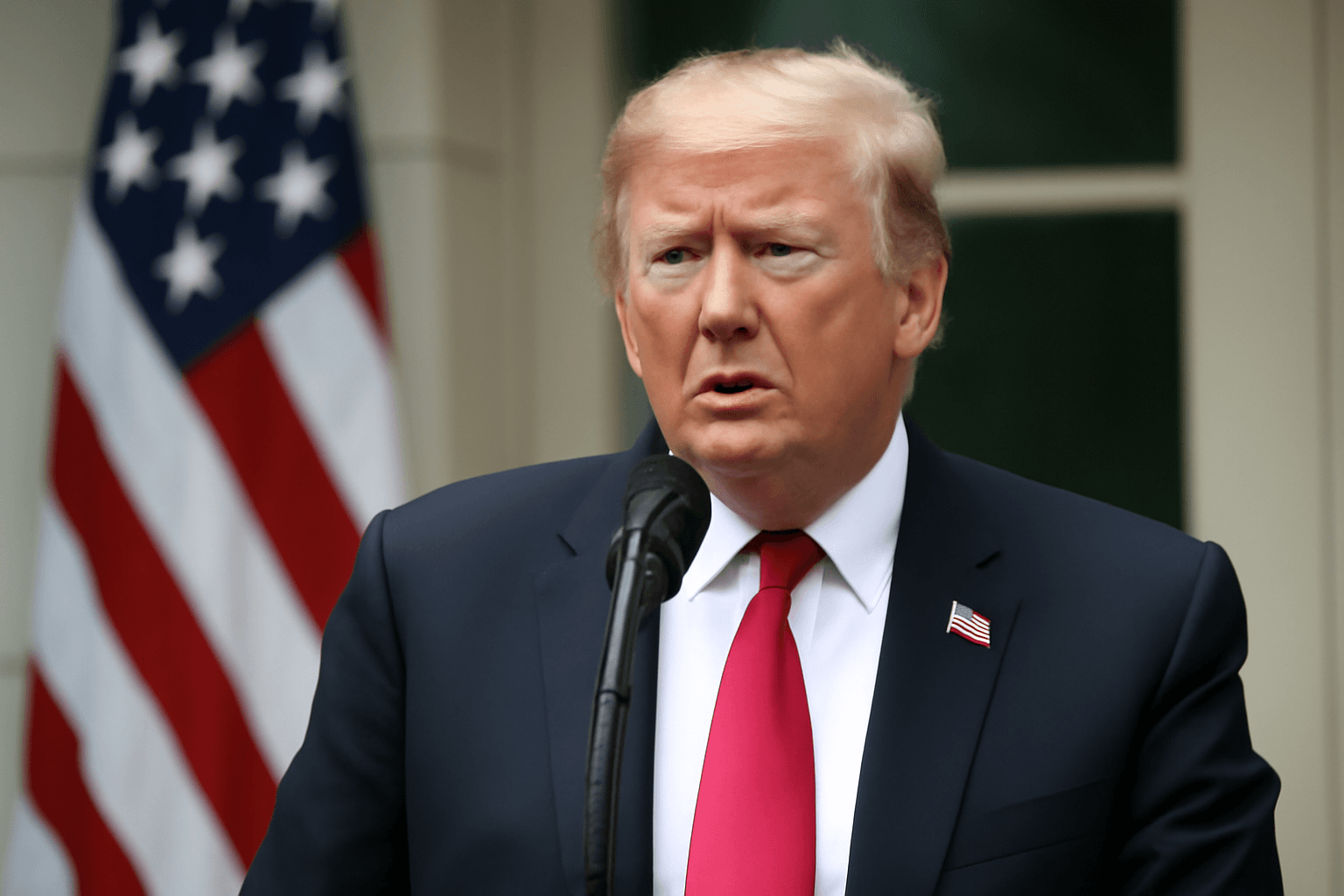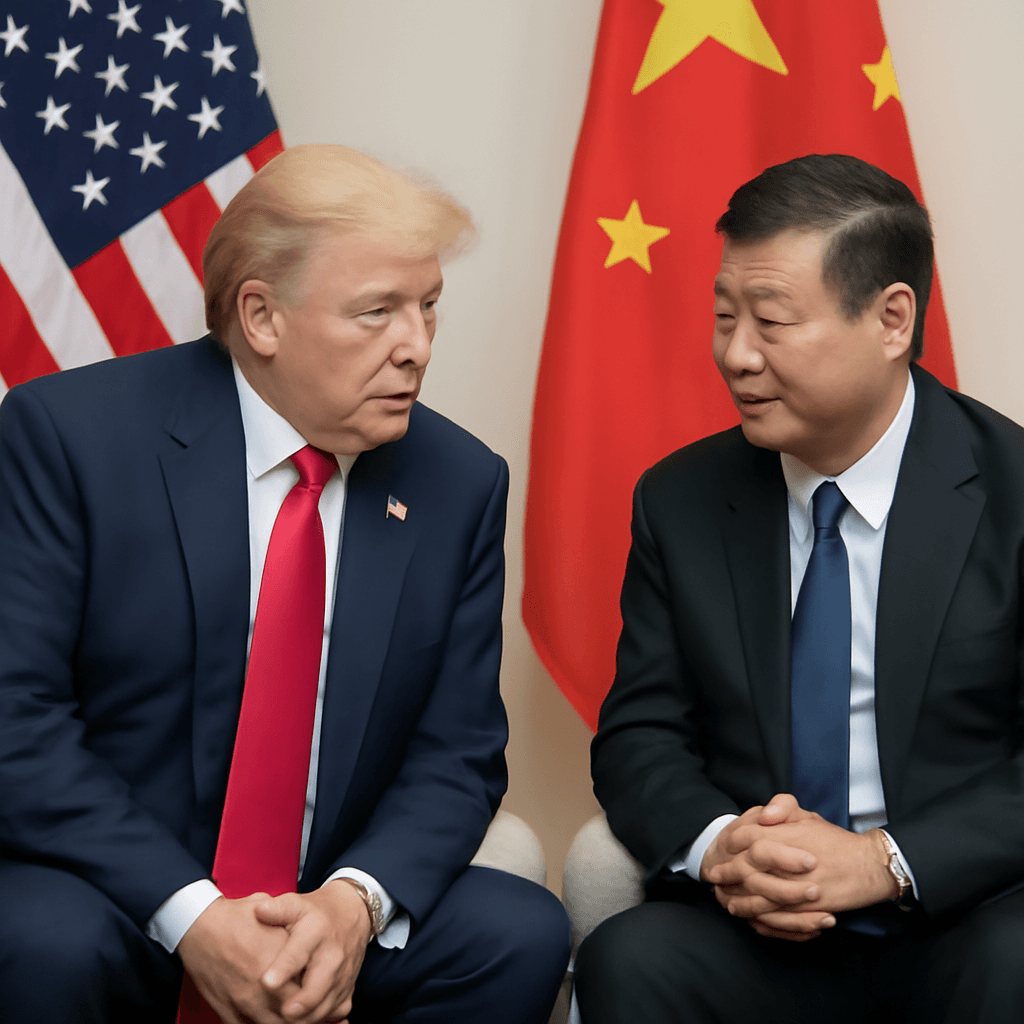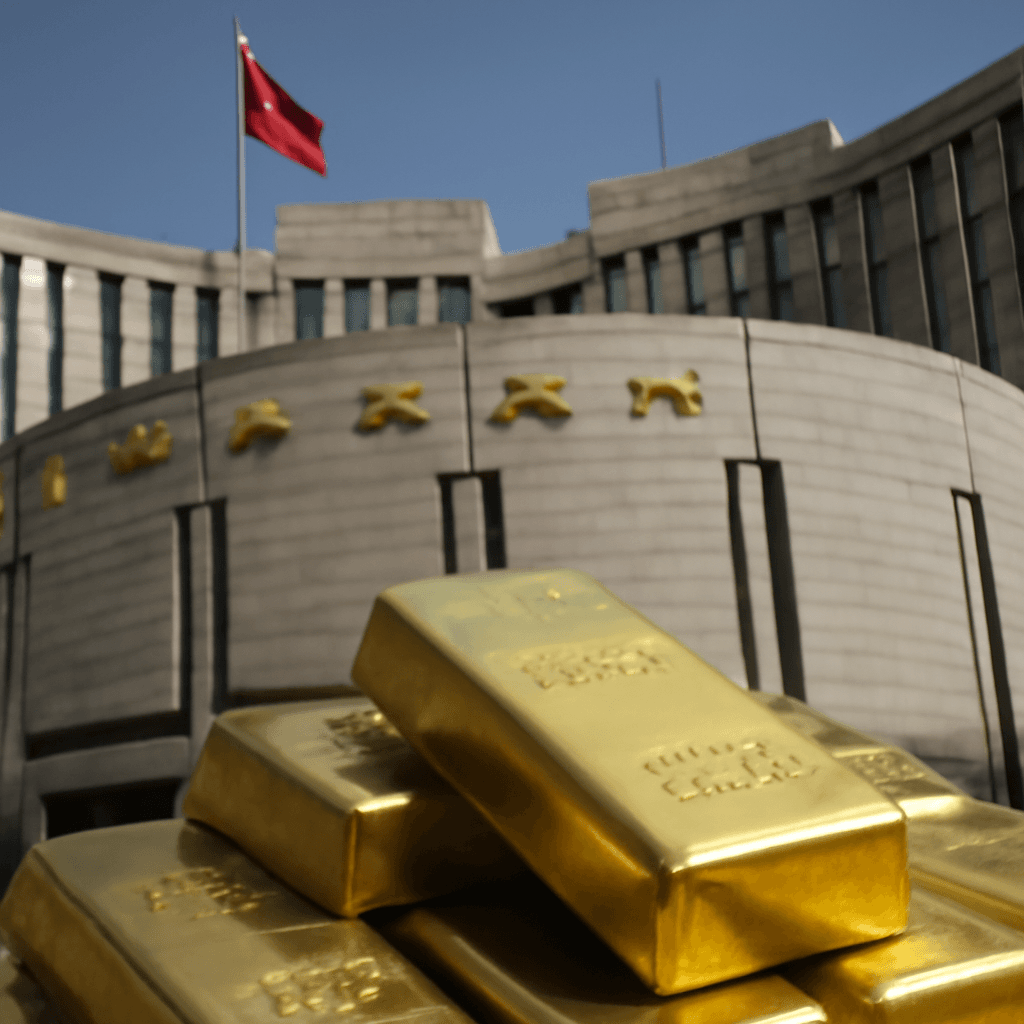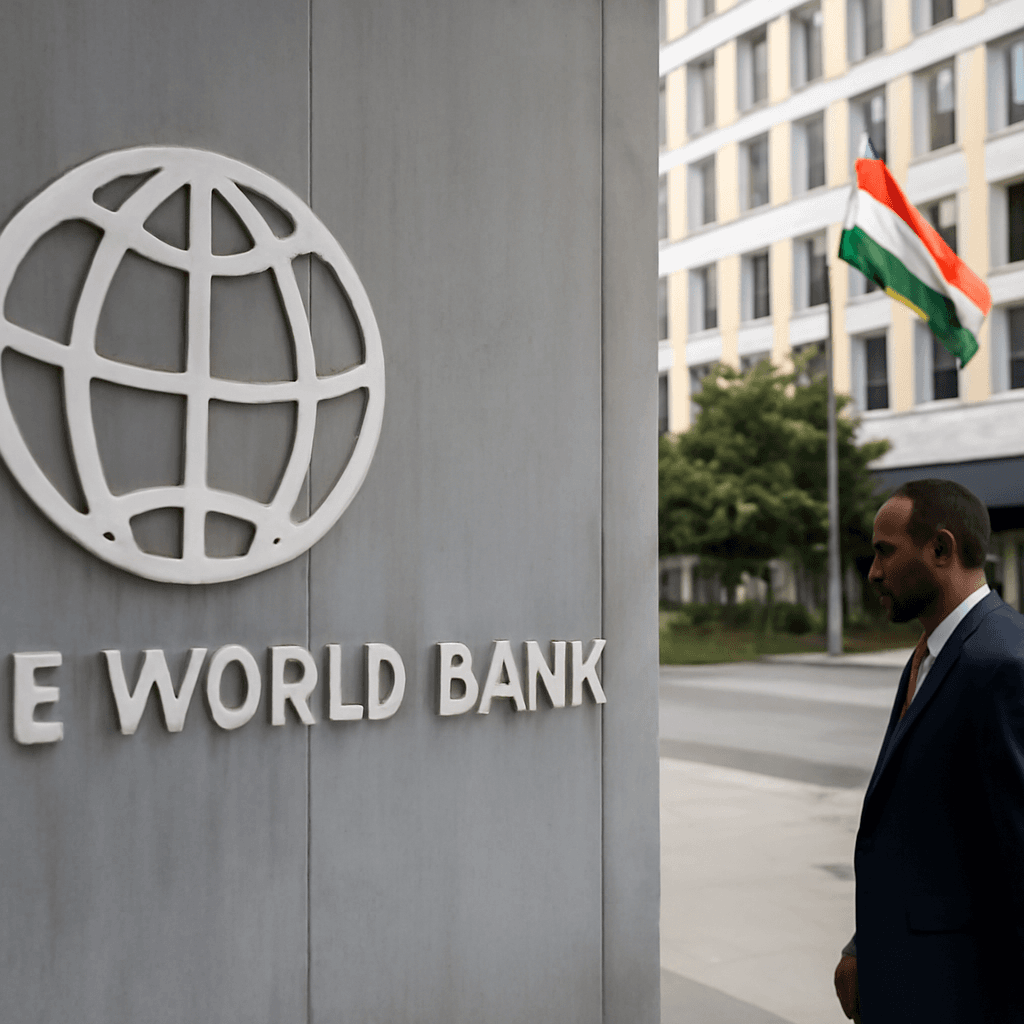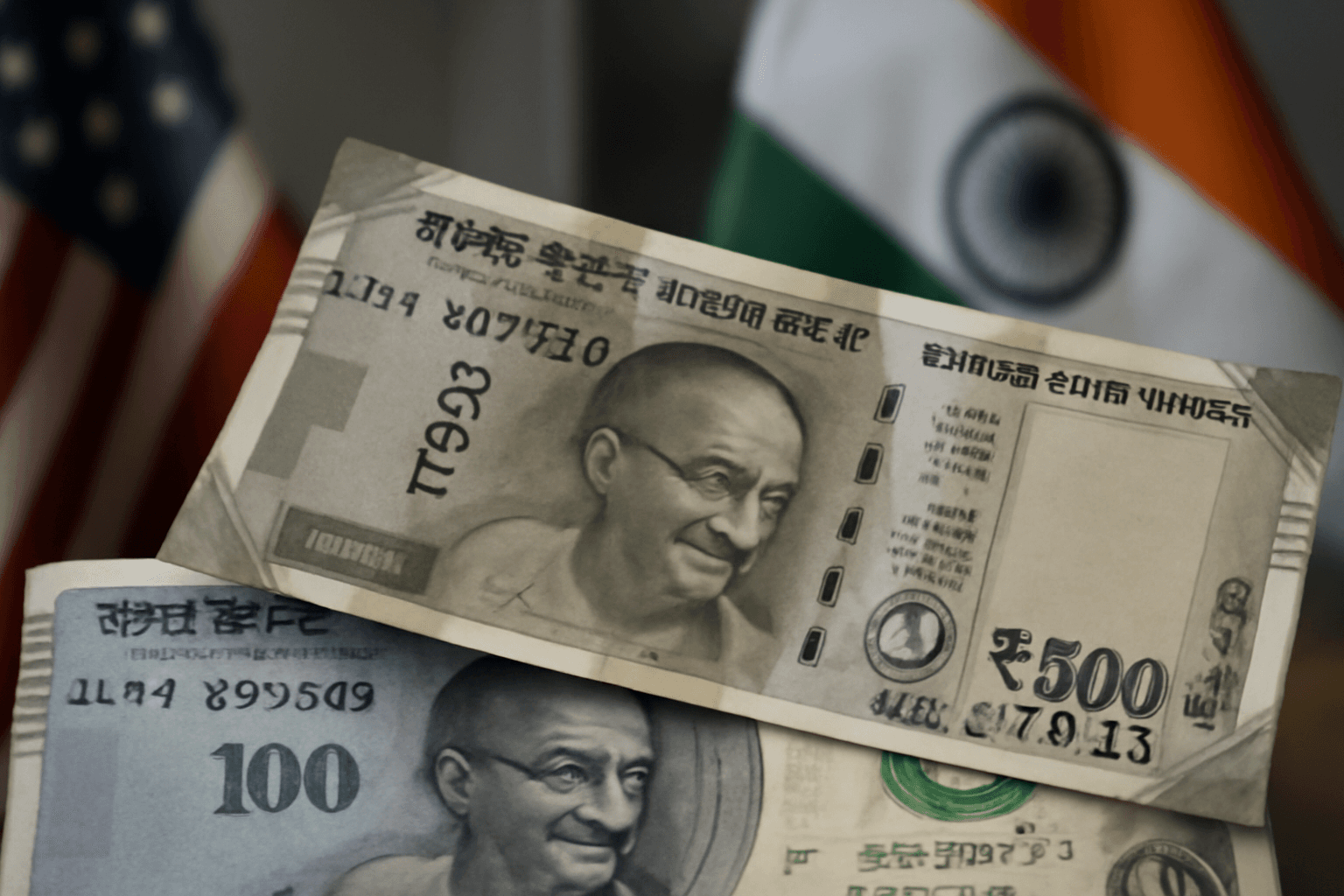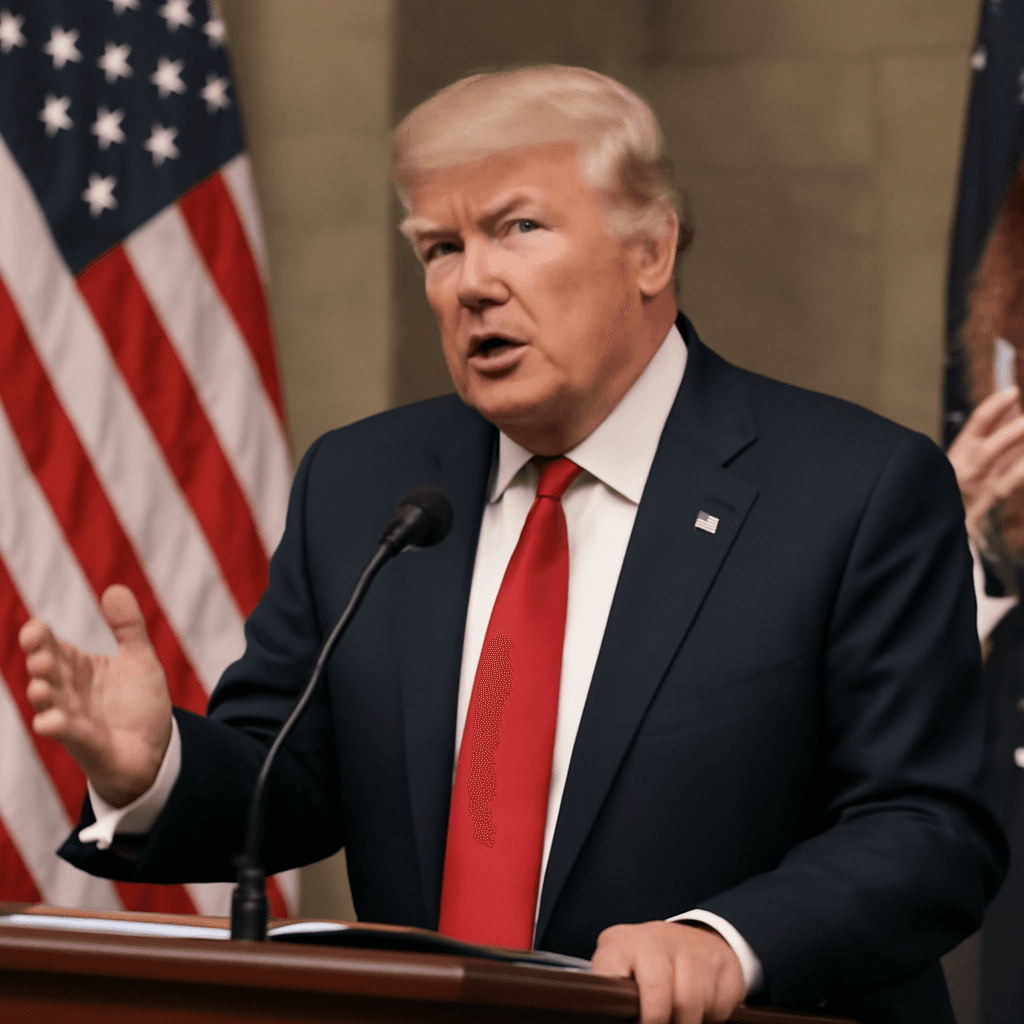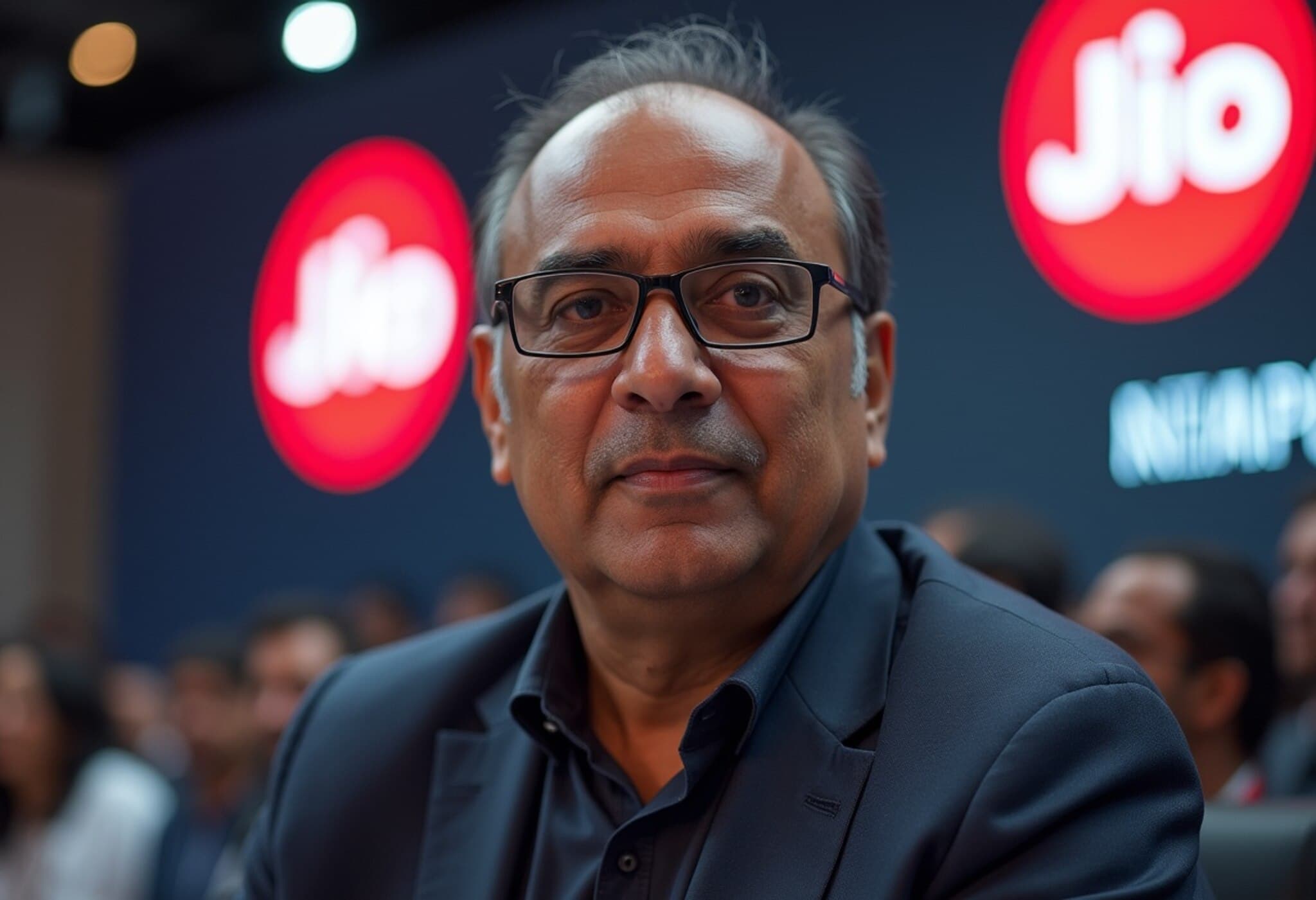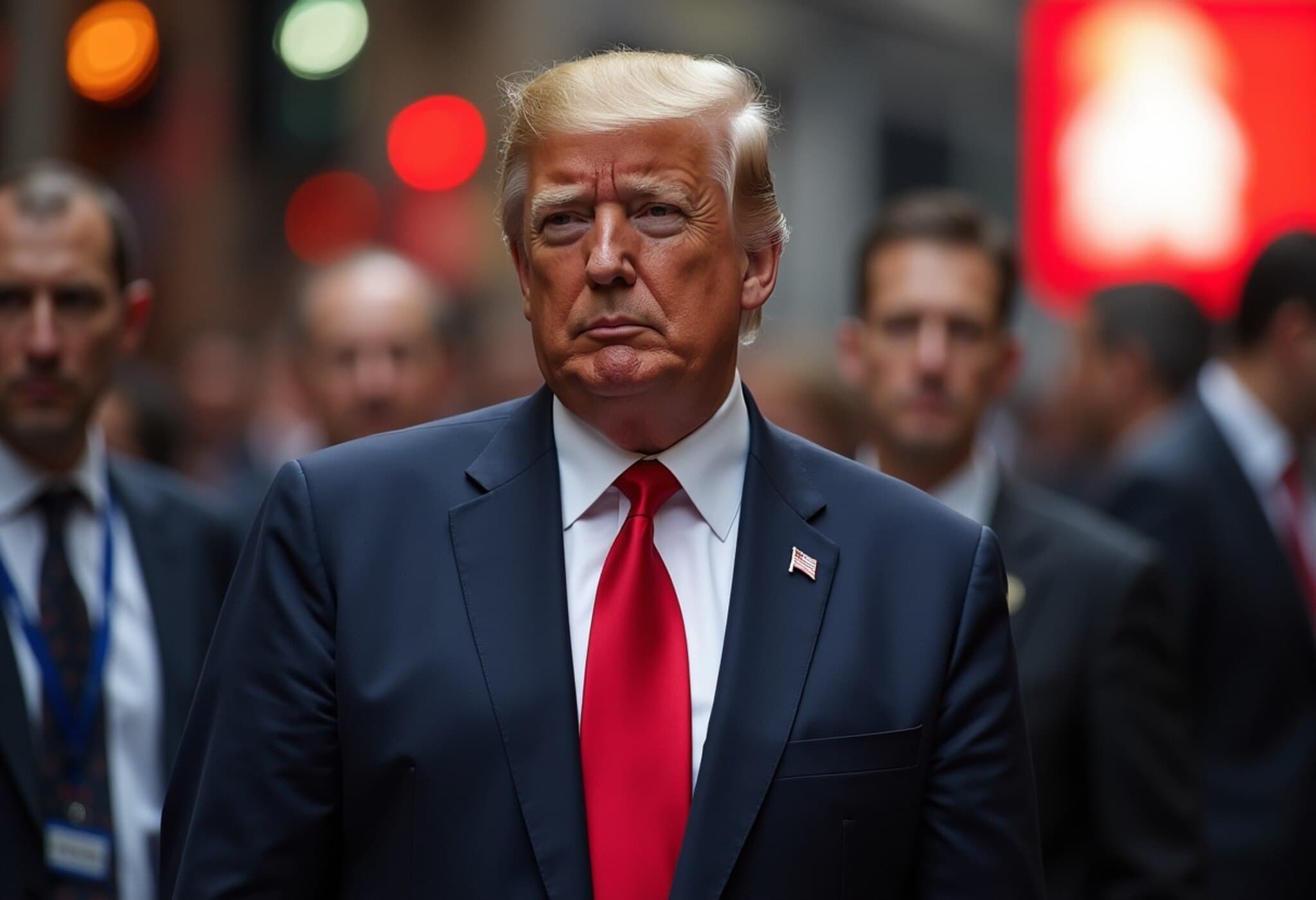India's Economy Accelerates Beyond Expectations in Q1 Fiscal Year 2026
India has once again demonstrated its robust economic momentum by posting a remarkable 7.8% growth rate in the first quarter of fiscal year 2026, substantially beating the consensus forecast of 6.7% predicted by economists in a recent Reuters survey.
This growth rate not only surpasses expert projections but also builds on the already solid 7.4% expansion recorded in the previous quarter, signaling sustained strength amid a complex global economic backdrop.
Behind the Numbers: What’s Driving India’s Economic Upswing?
The latest gross domestic product (GDP) figures highlight India's dynamic blend of sectors propelling growth. Key contributors include:
- Manufacturing and industrial production: Benefiting from government initiatives like 'Make in India,' the sector is gaining increased traction.
- Domestic consumption: Rising consumer confidence sustained by steady job creation and wage growth fuels retail and services.
- Technology and innovation: Digital transformation across industries continues to shape productivity gains.
- Infrastructure investments: Ongoing public spending on transport, energy, and urban development supports job creation and long-term capacity.
However, experts caution that global uncertainties — from tightening monetary policies in major economies to supply chain disruptions — could temper growth in upcoming quarters. Yet, India's diverse economic base and favorable demographics provide resilience.
What This Means for Global and U.S. Economic Ties
India's accelerated growth opens fresh opportunities for bilateral trade and investment, particularly with the United States. As India emerges as a manufacturing and tech hub, U.S. companies stand to benefit from enhanced supply chain diversification.
Moreover, India’s expanding middle class continues to attract global consumer brands, while increasing digital connectivity fosters collaboration in innovation and startups — areas where U.S.-India cooperation can deepen.
Underreported Questions: Inclusion and Sustainability
While headline GDP growth is promising, critical questions remain about equitable distribution of benefits. How effectively is this growth translating into poverty reduction, rural development, and job creation for India’s vast informal sector?
Additionally, balancing economic growth with environmental sustainability is paramount as India navigates climate commitments alongside industrial expansion.
Looking Ahead: Challenges and Prospects
Although the 7.8% GDP growth is cause for optimism, policymakers face multifaceted challenges:
- Managing inflationary pressures: Ensuring price stability without stifling growth.
- Financing infrastructure sustainably: Leveraging private-public partnerships to bridge funding gaps.
- Enhancing skill development: Preparing the workforce for new economy demands.
- Promoting exports: To sustain the trade balance amid global uncertainty.
Successful navigation of these areas could firmly cement India's role as a global economic powerhouse in the years ahead.
Editor’s Note
India’s first-quarter GDP growth in fiscal year 2026 sends a strong message about its economic resilience and potential. For global observers, it is an invitation to re-examine the evolving opportunities in one of the world’s fastest-growing major economies. Yet, the real test lies in translating headline success into inclusive, sustainable prosperity that benefits all strata of Indian society. As India charts its path, deeper engagement and nuanced understanding from international partners will be crucial.


